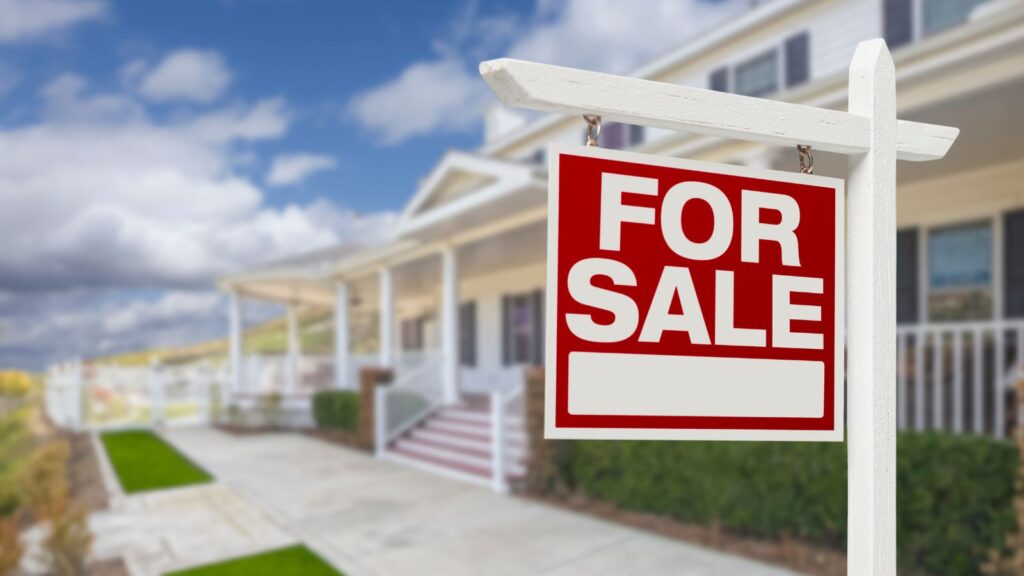Selling your home represents a mix of practical decisions and emotional transitions. Whether upgrading, downsizing, or relocating, understanding the process can make all the difference. A clear roadmap allows you to present your home in its best light, attract serious buyers, and achieve the best possible outcome. With preparation and the right strategy, you’ll confidently move through the stages of selling your property, from the initial steps to handing over the keys.

Preparing Your Home for Sale
First impressions are crucial in real estate, so preparing your home is a foundational step. Start by thoroughly cleaning every corner, including often-overlooked areas like baseboards, windows, and closets. A spotless home not only looks better but also communicates that it has been well-maintained. Decluttering is equally important—store away personal items, such as family photos or memorabilia, to help buyers visualize their lives in the space.
Next, focus on repairs and maintenance. Even small fixes, like patching nail holes, tightening loose doorknobs, or replacing broken tiles, can significantly impact a buyer’s perception. Upgrading outdated features, like light fixtures or faucets, can also enhance the home’s appeal without requiring a major investment.
Staging is another powerful tool for showcasing your home’s potential. Arrange furniture to highlight the flow of rooms, use neutral colors, and incorporate fresh flowers or subtle decor to create a welcoming atmosphere. Curb appeal should not be overlooked; a freshly mowed lawn, trimmed bushes, and a clean driveway can make a lasting impression.
Finally, gather all necessary documents, such as warranties, inspection reports, and maintenance records. A well-prepared home signals to buyers that the property has been cared for and positions you for a smooth selling process. With these preparations, your home will stand out as a desirable option in a competitive market.
Setting the Right Price
Pricing your home correctly is essential for attracting buyers while maximizing value. Start with a comparative market analysis (CMA) to evaluate recent sales of similar homes in your area. This provides a realistic benchmark for what buyers are willing to pay. Work with a knowledgeable real estate agent who can analyze these figures, along with local market trends, to recommend a competitive price.
Your home’s unique attributes also play a role in determining its value. Factors such as location, square footage, upgrades, and overall condition can increase or decrease its appeal. For instance, homes near schools, parks, or public transportation often command higher prices. At the same time, broader market conditions—such as whether it’s a buyer’s or seller’s market—will influence pricing strategies.
A well-priced home tends to attract more offers, which can lead to competitive bidding. Overpricing may discourage buyers, leaving your property to linger on the market. Conversely, underpricing risks leaving money on the table. Strike a balance by choosing a price that aligns with current demand while leaving some room for negotiation.
Seasonal factors can also impact pricing. Spring and summer generally see higher activity levels, allowing sellers to aim slightly higher. However, pricing flexibility during slower months can attract motivated buyers. Finally, consider your personal goals—whether you prioritize a quick sale or aim to maximize profit—and align your pricing strategy accordingly. With careful research and professional guidance, you can set the stage for a successful sale.
Marketing Your Property Effectively
A strong marketing strategy ensures your home reaches the widest audience of potential buyers. Start by creating an engaging listing description that highlights your property’s most attractive features, such as updated kitchens, spacious layouts, or desirable neighborhoods. Pair this with professional-quality photos, as visually appealing images generate more clicks and interest online.
Your online presence is a critical component of marketing. List your property on popular real estate websites and use social media platforms to reach diverse audiences. Virtual tours and drone photography add extra appeal, giving buyers a detailed view of the property before visiting in person. Email campaigns targeting local agents and prospective buyers can also help spread the word.
Traditional marketing methods, such as yard signs and printed brochures, remain valuable, particularly in community-focused areas. Hosting open houses allows buyers to experience the property firsthand and can create a sense of urgency. Your agent’s network is another key resource; tapping into their connections can attract serious buyers who are actively searching for homes like yours.
Tailor your marketing strategy to your target demographic. For instance, highlight proximity to parks and schools if families are your primary audience. For professionals, emphasize access to public transit or urban centers. Regularly updating your marketing materials ensures your listing stays fresh and competitive. A well-executed strategy maximizes exposure and positions your home as a top choice in the market.
Managing Showings and Feedback
Showings give buyers a chance to connect with your home, making this phase crucial for leaving a lasting impression. Prepare for showings by keeping your home clean, clutter-free, and well-lit. Natural light enhances any space, so open curtains and turn on lights to create a warm and inviting atmosphere. Consider using neutral scents, such as fresh flowers or subtle candles, to add to the appeal.
Flexibility in scheduling showings increases the chances of attracting serious buyers. While it might be inconvenient at times, accommodating requests—even on short notice—can lead to more offers. During showings, step out of the home to give buyers the freedom to explore and envision the space as their own.
Pay attention to feedback from potential buyers and agents after each showing. Constructive criticism about factors like layout, decor, or pricing can guide adjustments. For example, if buyers frequently mention that a room feels too crowded, rearranging furniture might address the issue. Being open to feedback demonstrates your commitment to presenting the home in its best light.
Virtual showings are increasingly popular, particularly for out-of-town buyers. Providing this option expands your reach and showcases your willingness to adapt to modern trends. Whether in person or online, creating a positive experience during showings builds excitement and interest, increasing the likelihood of offers.
Negotiating Offers with Confidence
Once offers start coming in, evaluating them carefully ensures you make the best decision. While the highest price is tempting, consider other factors, such as contingencies, financing, and closing timelines. A lower offer with minimal contingencies may be more favorable than a higher one with complex conditions.
Work closely with your real estate agent to assess each offer’s strengths and weaknesses. Counteroffers are a common part of the process, allowing you to refine terms that better suit your goals. For instance, you might negotiate for a shorter closing period or request fewer contingencies to streamline the process.
Be prepared for inspections and appraisals, as they may influence the final terms of the agreement. If issues arise, flexibility and open communication with the buyer can prevent delays or cancellations. Maintaining a professional tone during negotiations often leads to a positive outcome for both parties.
In competitive markets, multiple offers may arise, creating an opportunity for a bidding war. Your agent can guide you through this scenario, ensuring you remain fair while maximizing your advantage. Thoughtful negotiation sets the foundation for a smooth transition to the closing stage.
Let’s Discuss Your Next Steps
Selling a home requires strategy, preparation, and expertise to achieve the best results. Whether you’re ready to begin or simply exploring your options, I’m here to help guide you through the process. Contact me today to start planning your next move and ensure your sale is both seamless and successful.



